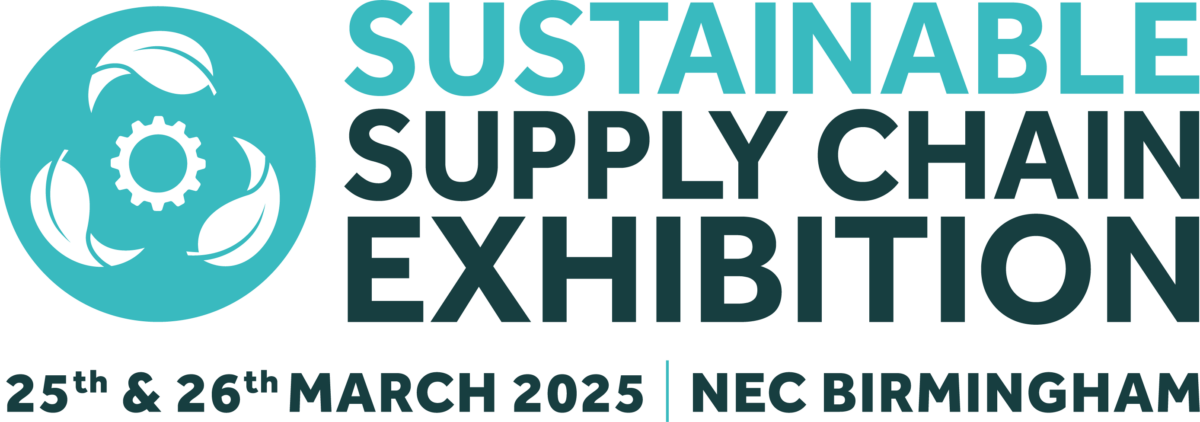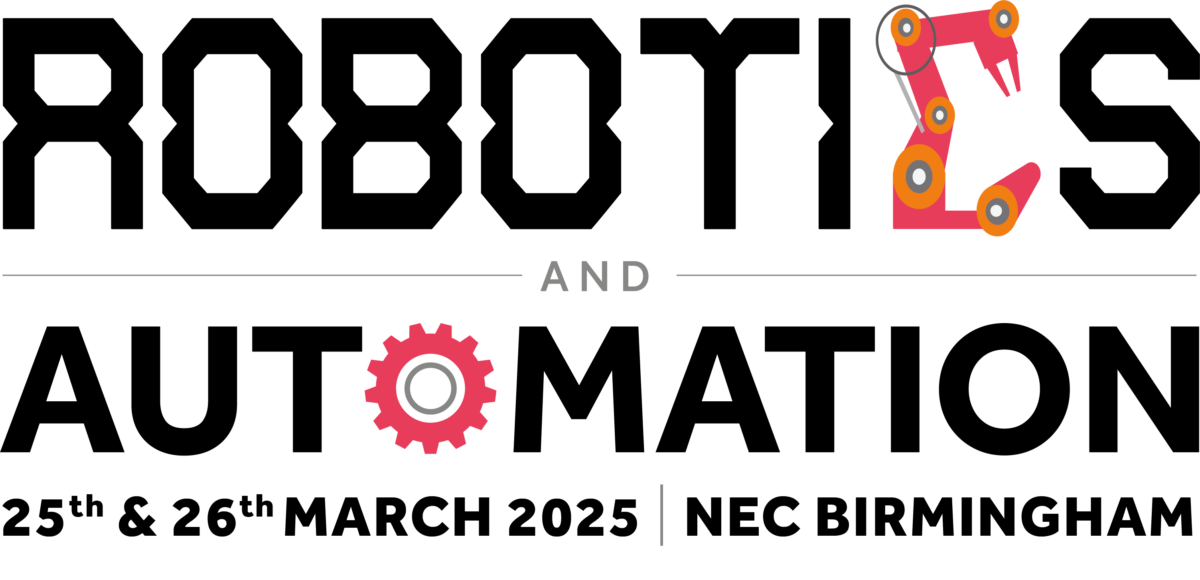The food and drink supply chain generates more than 11 million tonnes of food waste and five million tonnes of packaging waste each year, according to a report by the Waste & Resources Action Programme (WRAP).
Last year WRAP commissioned DHL Exel Supply Chain to conduct a study to investigate the levels of product damage, packaging and food waste occurring within the UK food and drink supply chain, focusing on three key stages – manufacture, distribution and retail. Following the completion of this study, WRAP commissioned Oakdene Hollins to build upon the DHL study with the aim of developing a baseline of waste arisings within the UK food and drink supply chain, and to identify opportunities for cost savings, improved resource efficiencies and future interventions.
The report “Waste arisings in the supply of food and drink to households in the UK” shows that by far the largest proportion of the waste comes from households which generate 11.9m tonnes of food and packaging waste – almost 65 per cent of the total.
TABLE: Estimated total waste arisings, by type, from the UK food and drink supply chain, by stage, and household, per year (tonnes)
| Supply chain stage | Food | Packaging | Other | Total |
| Manufacturing | 2,591,000 | 406,000 | 2,019,000 | 5,016,000 |
| Distribution | 4,000 | 85,000 | 9,000 | 98,000 |
| Retail | 362,000 | 1,046,000 | 56,000 | 1,464,000 |
| Household | 8,300,000 | 3,600,000 | 20,566,000 | 32,466,000 |
| Total | 11,257,000 | 5,137,000 | 22,650,000 | 39,044,000 |
The initial DHL study estimated that in 2008, waste from retail was 1.46 million tonnes, and from distribution was 98,000 tonnes.
Retailers and brands are making efforts to reduce the impacts of packaging (through minimisation and increasing recycling rates and recycling content in packaging) and reducing food waste. An example of this is the Courtauld Commitment, a voluntary agreement that major brands and retailers have signed, to support reductions in
packaging and food waste. The results of these efforts are having an impact on reducing packaging and food waste.
This research suggests there is scope to make further efficiency savings either through further optimisation or through greater use of returnable transit packaging, where appropriate. Recycling rates for packaging of 92 per cent have been achieved for
retail and 60 per cent for distribution. Progress is also being made in diverting food from landfill, such as to anaerobic digestion or to charities such as FareShare. Much of the activity undertaken by retailers regarding their food waste so far seems to have focused on landfill diversion rather than waste prevention. This study suggests that the latter represents a significant cost saving opportunity.
However, it is manufacturing that is seen as the source of greatest saving outside the home -(even with a high level of unavoidable waste).
For example, in some cases ‘waste allowances’ (or shrinkage rates) remain unchallenged by companies as they are embedded into existing budgets. From observation, such waste allowances can contribute significantly to the overall amount of waste. Recent reviews in some Food and Drink manufacturing plants suggested that around 16 per cent of raw materials were wasted on a mass balance basis.
The report identifies a number of opportunities for waste prevention including:
* Measuring waste to provide key performance indicators (for example, tonnes of waste per tonne of product) and developing baseline data against which to track progress in reducing waste. Monitoring waste arisings also helps to challenge raw material wastage (sometimes referred to as shrinkage allowances).
* Quantifying the waste arisings at a sub-category level to identify the root causes of waste, and waste ‘hotspots’ upon which to focus solutions on preventing waste arising in the first place. The resource mapping exercises that are being undertaken by WRAP are likely to help in identifying these ‘hotspots’. This thinking could also be applied at a company level to identify where and why waste is occurring.
* Improving forecasting and working in partnership with suppliers could result in reductions in costs and waste generated throughout the supply chain.
* Shifting the emphasis from waste management to waste minimisation, which may need a company culture change to shift focus to managing resources and as suggested in this research could deliver significant cost savings.
* Considering how the surplus food and drink waste generated could be redistributed, recycled or recovered. More surplus food could be redistributed to organisations such as charities. The next alternative is to recover by-products and use it for example, animal feed. Working down through the waste hierarchy alternatives to landfill would also include anaerobic digestion which can generate energy and fertiliser.
* Behavioural change through improving communications. For example, improving communication throughout a company by reporting the right set of measures to engage different audiences within and between companies. This can deliver significant reductions through improved feedback and staff education initiatives. Retailers and brands are also in a key position to reduce packaging and food waste by helping to influence their customers.
* Optimising packaging specifications by for example, reviewing existing specifications, considering multitrip reusable packaging (where appropriate) and, in particular taking a holistic approach to primary and secondary packaging, and understanding the environmental implications of shelf ready packaging (SRP).
* Retailers can play a key role in supporting waste prevention initiatives through working in partnership with their suppliers as well as with their customers.
* Delivering change through sectoral initiatives such as the Courtauld Commitment that involve the whole supply chain, and through industry associations such as the Food and Drink Federation and British Retail Consortium.






